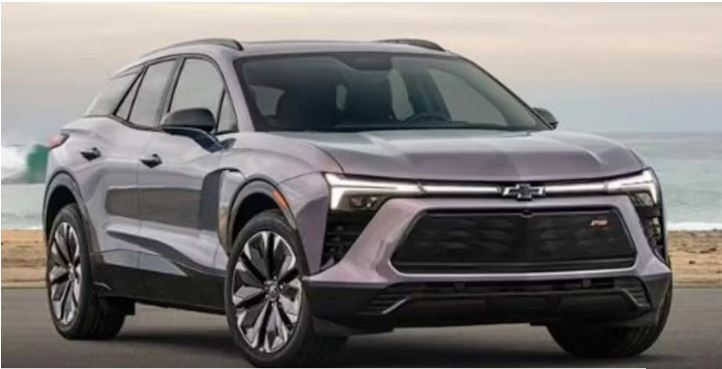CEO Mary Barra says the auto giant “will follow the customer” and flex production to ICE vehicles if needed.
The growth rate of electric-vehicle sales may have slowed—as growth rates of newer products often do—but General Motors Corp. executives are planning to roughly triple their EV sales from a year ago, thanks to new models hitting showrooms.
Speaking to analysts after Detroit-based GM reported fourth-quarter profits that beat expectations, CEO Mary Barra said her team is forecasting that it will this year make and ship between 200,000 and 300,000 EVs under its Chevrolet, GMC, Cadillac, BrightDrop brands. In 2023, the company sold a told of 75,883 EV vehicles.
In EV-hungry California, where battery-powered cars captured 21% of sales last year, GM was the No. 2 company with about 5% market share. Tesla continues to dominate that market with 60% share, but that number is down 10 percentage points from 2022 as the Chevrolet Bolt and other vehicles joined Tesla on the market.
Still, Barra and her team are hedging themselves should EVs’ growth rate slow further. Even though several forecasters expect EVs’ share of the total U.S. automotive market will grow to 10% this year from 7% in 2023, Barra said GM will start to include plug-in hybrid EVs in its North American lineup and is prepared to curtail production.





